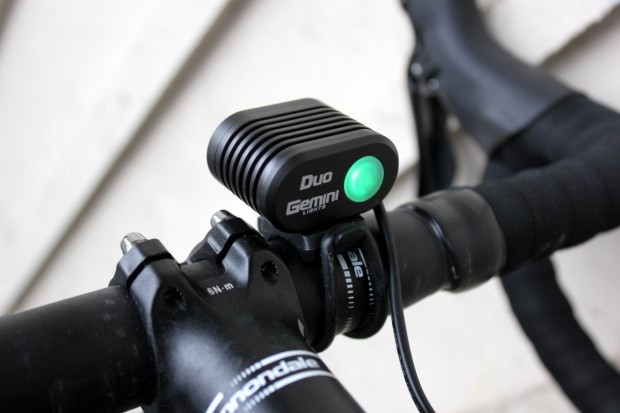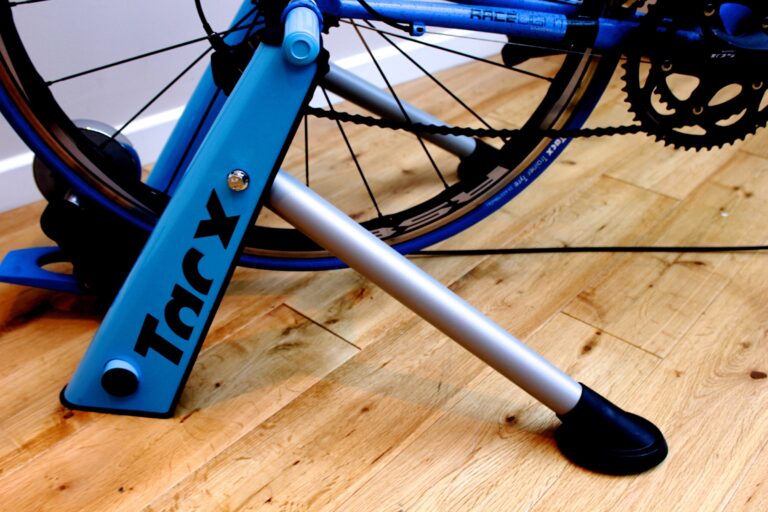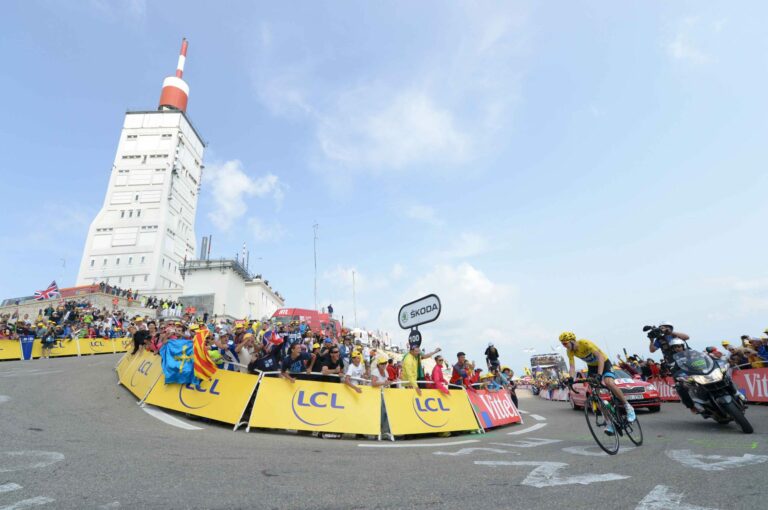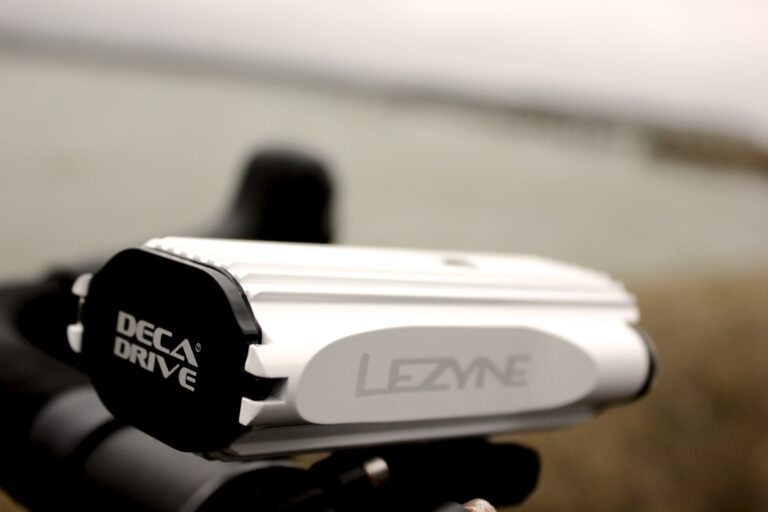Fresh out of the postman’s mail bag to tackle the gathering gloom: the Gemini Duo front light.
Gemini are based in Canada and we tested their 850-lumen Xera Flashlight last winter. The Duo turns things up a notch again, with a claimed output of 1,500 lumens from an impossibly small headlight. We’d generally recommend 400-500 lumens as the starting point for riders who want to venture onto unlit roads at night, so this should provide ample illumination for serious night riders and plenty of battery life away from the most powerful setting.

It’s important to distinguish the Xera Flashlight from the Duo. While the former is an all-in-one light with a self-contained battery, the latter separates the light from the battery, which is kept in soft case bag velcro’d to the toptube.
It’s an arrangement preferred by many – but not all – manufacturers for their more powerful lights as, by removing a battery of the size required to power such a light, the unit maintains a low-profile existence on the handlebar while still providing plenty of illumination. It does require a light more work on behalf of the rider, though, and means you have additional gubbins hanging from your bike.
The Duo’s light unit is tiny and weighs just 63g, and it’s smart, too, made from a hard anodized aluminum. Gemini say the Duo has a 15 degree beam angle and we’ll see how this presents itself on the road.

The unit attaches to the handlebar using a simple o-ring and Gemini provide two, of different sizes, to account for handlebars with a traditional 26mm diameter and those, as is increasingly standard, that are beefed up to 31.8mm. A DC cable runs from the back of the light and plug into the appropriate connection which runs from the battery pack.
One of the Duo’s key features is the ability to pick from ten levels of brightness between ten per cent and 100 per cent. Only three settings can be saved at one time but you can personalise it to suit your riding.
The Duo has a default setting of 20 per cent, 60 per cent and 100 per cent but if you wish to change that then programming is simple. Turn the light on with one click of the large rubber button on the back of the unit, press the button again to the preset you wish to programme, and press and hold the button for three seconds. The light will appear to switch off then enter programming mode.

Programming mode begins at 10 per cent intensity and is indicated by the fact the on/off button is flashing amber. Cycle through the brightness levels by clicking the button, with each click representing a 10 per cent increase in brightness. To save your chosen setting, press and hold the button for three seconds. The light will appear to switch off and then back on. Voila, that’s one setting programmed. We’ve just tried it and it’s dead simple.
The light also has a flashing mode, though not initially as part as the main three-level cycle. In order to enter flashing mode, turn the light on by holding the button for one second, rather than just with a single click. Again, the brightness of the ‘flash’ is programmable, and you can exit flashing mode by pressing the button again, which will bring you back to full beam mode, or by turning the light off completely by holding the button.
The Duo is available with either a two-cell battery for £154.99, which has a claimed run time of 90 mins on full power (1,500 lumens) and 17 hours on 10 per cent power (150 lumens), or with the slightly bulkier, four-cell battery we’ve got on test for £174.99, which doubles the claimed run times. Gemini list battery life and lumen output for each of the ten beam settings on their website (for example, 70 per cent power has a claimed output of 1,050 lumens for five-and-a-half hours). The battery is charged by plugging the pack into a mains charger.

The on/off button also serves as a battery life indicator and is green when there’s 100-20 per cent charge remaining. Gemini say that will turn amber when the charge drops to 20-10 per cent and red when there’s less than 10 per cent juice left.
What else do you get in the box? Gemini also provide a helmet mount, ideal for off-road night rides, as it enables you to look down the trail and see where your going. We suspect it’s less relevant for road riding unless on a serious night ride, but we’ll still be trying the mount to see 1) how easy it is to use and 2) whether we’ve been missing a trick by not using a helmet-mounted light alongside a handlebar light when venturing into the darkness.
The Duo’s high power output means this is a serious light for those who take night riding, well, seriously, but the programmable settings also mark the Duo out as a potentially versatile unit which can be used when such a high lumen count isn’t required. Time to hit the road.
Price: £154.99 (two-cell battery), £174.99 (four-cell battery)
Weight: Light unit 63g, two-cell battery 122g, four-cell battery 229g
Website: Gemini Lights
UK distributor: i-ride





